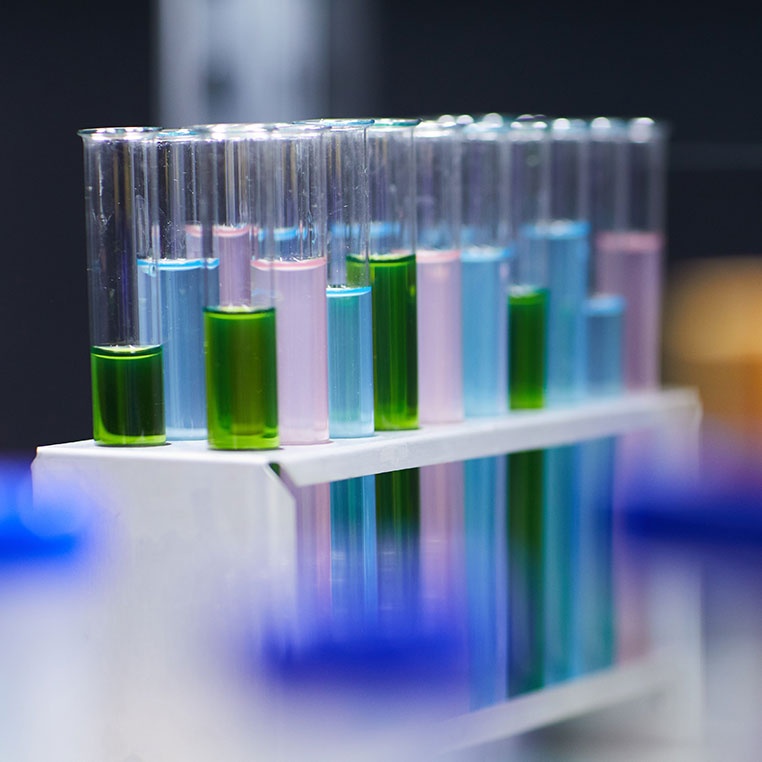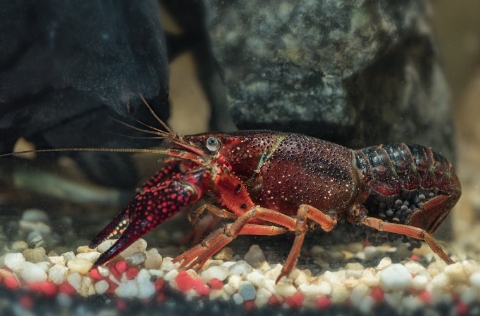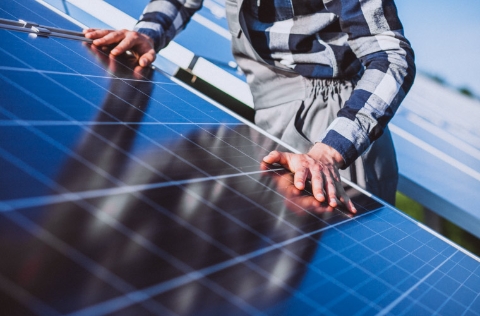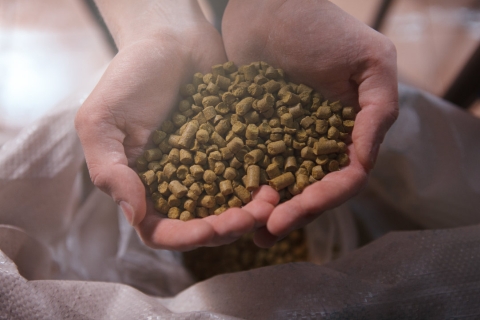
The aquaculture industry is under increasing pressure to reduce its reliance on conventional feed ingredients, such as fishmeal, fish oil, and plant-based proteins and oils. This has intensified the search for alternative protein sources. Broadly, these alternatives can be classified into five main categories: insect protein, unicellular protein (including microalgae, yeast, and bacteria), marine proteins, terrestrial animal by-products, and plant-based proteins. But which of these holds the greatest potential to replace traditional feed ingredients, according to recent scientific literature?
A recent review paper published in Aquaculture Reports examines the environmental impact of alternative protein sources used in Atlantic salmon (Salmo salar) feed, with a particular focus on their carbon footprint through Life Cycle Assessment (LCA). While the study uses salmon as a model species, its findings can be extrapolated to other carnivorous fish relevant to the aquaculture industry.
The study was based on a two-step systematic literature review, an approach that ensured the rigour and reliability of the findings. In the first phase, researchers conducted a comprehensive search of relevant scientific publications in specialised databases. Then, in the second phase, they applied strict selection criteria to identify the most relevant and high-quality studies, ensuring that the conclusions were grounded in robust scientific evidence.
According to the reviewed literature, insect proteins and unicellular proteins have emerged as the most promising alternatives to traditional feed ingredients, thanks to their strong nutritional profile and increasing commercial viability.
However, the large-scale adoption of these alternatives still faces significant challenges, including high production costs, scalability issues, and acceptance by both the industry and consumers.
Researchers from the Norwegian University of Science and Technology highlight that LCA studies provide valuable insights by enabling direct comparisons of the environmental impact of different protein sources throughout their entire production cycle.
One of the most significant findings is that the carbon footprint of alternative proteins is not solely determined by the type of protein but also by the production processes involved. Key contributors to emissions include the production of feed substrates for insect farming and energy consumption in ingredient processing.
Findings from LCA studies indicate that substrate production for insect farming and energy demands in processing are among the biggest contributors to their carbon footprint.
For example, black soldier fly (Hermetia illucens) protein exhibits a wide range of carbon emissions, fluctuating between 0.1 and 49 kg CO₂ equivalent per kg of protein, depending on the substrate used and processing technology applied.
Among unicellular proteins, microalgae such as Tetraselmis suecica and Phaeodactylum tricornutum demonstrated relatively low carbon footprints compared to other alternatives. However, the production of Chlorella vulgaris was among the most carbon-intensive, reaching up to 462.5 kg CO₂ eq/kg of protein, primarily due to its high electricity demand during production.
The study challenges common assumptions about terrestrial animal by-products. For example, hydrolysed feather meal was found to have a lower carbon footprint than both insect proteins and marine proteins. However, its use in Europe remains restricted due to regulatory constraints.
Among plant-based proteins, Camelina sativa emerged as a particularly promising option, with a carbon footprint ranging from 2.02 to 5.34 kg CO₂ eq/kg of protein, depending on fertiliser use and fuel consumption during seed production.
While optimising production processes and reducing energy consumption in microalgae and insect protein could significantly lower their carbon footprint, major hurdles remain. The study highlights the need for further technological advancements, cost reductions, and regulatory adjustments to enable large-scale adoption in aquafeeds.
Alternative proteins offer a viable path towards more sustainable aquaculture, but their success will depend on continued innovation, efficiency improvements, and reductions in environmental impact.
Reference:
Cantillo, J., & Deshpande, P. C. (2024). Carbon footprint of alternative protein sources for Atlantic salmon (Salmo salar) feed: A review of life cycle assessment studies. Aquaculture Reports, 30, 101689. https://doi.org/10.1016/j.aqrep.2024.101689



